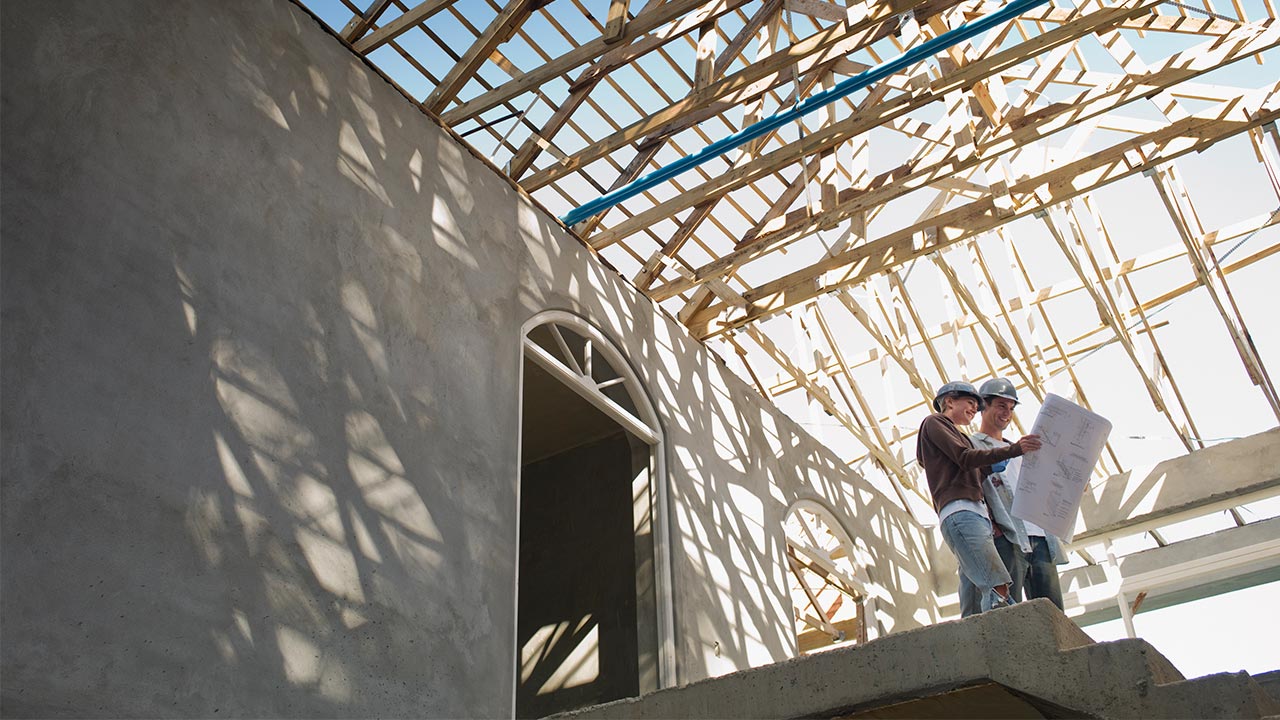Home construction loans are just what the name suggests- a loan that is used not for buying a ready house but to build one’s own home. These loans are also available from the various banks and NBFCs and more or less have the same criteria like availing regular home loans. However, there might be a few differences but by and large, the loan money can be used to build a home or also use it for home expansion. Here are some of the features of Home Construction Loan that one needs to know:
- Construction loans have higher interest rates than regular term home loans and they also have shorter tenures. That means, one will not get long tenures like 20 years to pay off the loan. They will have to be paid back within five to ten years, or according to the guidelines set by the bank or the NBFC one is opting for.
- The loan money from the construction loans are also not directly handed over to the home owner. Rather, the money is paid to the contractor in installments, depending on the progress of the project.
- As the work on the building progresses, the more money is advanced and by the time the construction is completed, the loan can either be paid in full in the stipulated time period or it could be converted into a permanent mortgage on the home.
Apart from these, there are also two categories of home construction loans one needs to know about:
Construction to Permanent Loans: These types of loans automatically convert to mortgage when the home is completed. During the construction phase, the borrower pays the Home Loan Rates but not the principal. Hence, by the time the construction is complete, the total principal of the loan remains the same.
These construction loans have a variable interest rate and they can be switched to a fixed rate for a permanent mortgage. It is also required of the borrowers to make a 20% down payment. The biggest advantage here is that one can lock in a maximum interest rate which will extend the life of the mortgage and then the closing costs are to be paid just once.

Stand Alone Construction Loans: These loans are to be paid off once the home is completely built, if one does not want to take out a mortgage and convert it to a debt. In this case, one cannot lock in the maximum mortgage rate and one also has to pay a bit more with the fees because one typically has to go through two separate closings.
But the advantage here is that the loan requires a much smaller down payment, which is good for those who do not have a lot of cash reserve. One also has to keep in mind that in case one’s financial situation changes, one might not qualify for a mortgage after the construction is over. These loans are generally popular with those who want to build a new home before they have sold their existing one.
One should also give some thought about the Landing of the Loan that is, simply put, one has to increase one’s creditworthiness so that the lender helps you land up with the loan. For this, one has to ensure that they have a good credit score, preferably over 700, and one must also save enough to pay for the down payment- the more they can pay initially, the less they have to pay later towards principal and interest. Some cash reserves would also come in handy for unanticipated construction costs, which might arise during the process.






